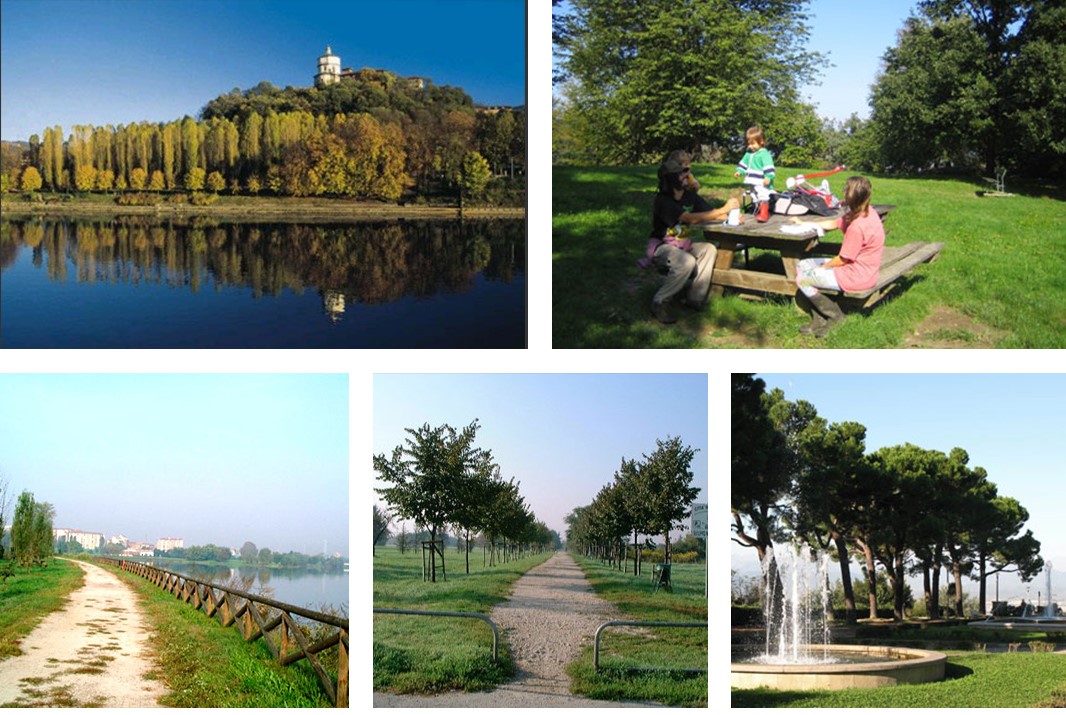How can urban green areas play a leading role in the fight against the climate crisis?
- Nature Governance
- City of Turin
- Italy
- 2020
- www.comune.torino.it

Learn about our approach to Natural Resources and Area Governance (GRAN)
Cities and climate change
The increasing concentration of population in cities, combined with the effects of the climate crisis, are subjecting Turin and most large European cities to growing environmental, social and economic pressures.
Cities have a dual role in the crisis: on the one hand, they are ‘culprits’ because of the large consumption of resources and the pollution they generate, and on the other hand, they are ‘victims’ because they are hard hit by phenomena such as heat islands and flooding caused by increasingly frequent heavy rainfall and the poor permeability of urban surfaces.
Urgent action is needed to counter these adverse effects. To this end, developing urban Nature-Based Solutions is an effective strategy, thanks to the multiple ecosystem services that green areas provide to cities and citizens.
Green areas serving the city of Turin
The study that Etifor conducted in cooperation with SeaCoop for the City of Turin economically assessed what ecosystem services the existing urban green areas offer.
The contributions of urban greenery in Turin:
Nature-based solutions against a changing climate
The activity also involved the simulation of scenarios for integrating nature-based solutions into the urban landscape, aiming to highlight where nature-based solutions could be implemented and which would be the most suitable for mitigating negative impacts on climate-prone areas.
This activity included:
- The identification of the significant risks associated with the climate crisis in the city: floods, overflows and heat islands, as defined in the Climate Vulnerability Analysis of the City of Turin;
- Identification of the areas at most significant climatic risk: 46% of the city’s territory is at medium-high risk for heat island, and 40% is at medium-high risk for flooding;
- Selection of Nature-Based Solutions measures suitable for responding to the risks mentioned above: 15 measures differing in effectiveness, cost, co-benefits and complexity;
Four alternative scenarios with different combinations of NBSs were also simulated, and the costs and benefits of each were analyzed. In 3 out of 4 scenarios, considering the total area, the presence of NBSs in the city produces more than double the temperature regulation capacity compared to the action of existing green areas alone. The most promising scenarios from a cost-benefit point of view are those that maximize the effect on flood risk. More information can be found in the dedicated publication.
Restoring value to ecosystems
The study provided the municipality with a climate-proofing strategy that can be applied immediately and can be replicated in other cities for the same purpose.
If you are interested in discovering the value of the areas you manage or are affected by your activities, find our service on the valuation of ecosystem services. If you want to learn more about NBS, discover our dedicated service.

